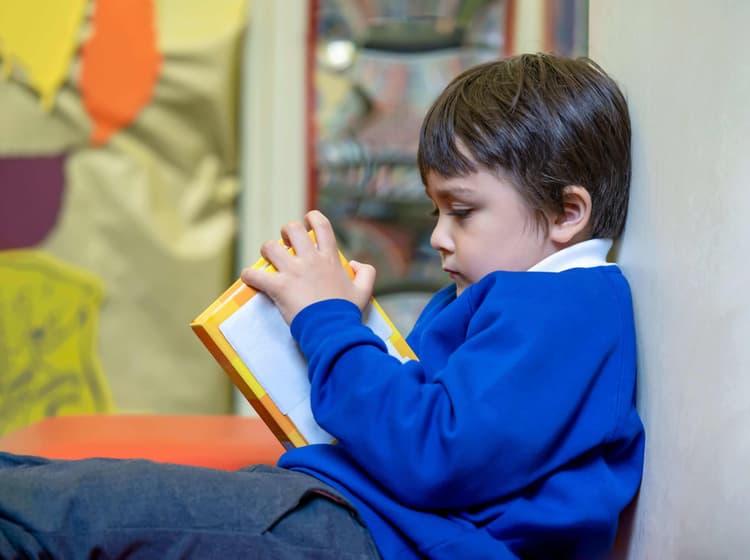Development of reading skills
9 April 2024

The process of asking questions is a complex linguistic process. The essence of questioning involves several components. In order to teach a child to love asking questions even from an early age, we need to expose them to both challenging and rich texts. Also, the selection of reading material should be appropriate. During questioning, we need to change the tone of voice (raising, emphasizing, lowering), draw or visualize the ocean floor and so on.
Questioning involves recognizing letters, connecting them with phonemes, and understanding them as words. In order for this process to be considered complete, a child should be able to recognize words and understand their meanings. The next stage is comprehension of the text. For this, a child should be able to save questioned words in their memory, connect them with other questioned words, and understand the content of the entire text.
When teaching the essence of questioning, attention should be paid to the following factors, which may or may not apply to the child:
Recognition of letters from words;
Analysis of the content of a read word and connecting it with drawings;
Determining the first/last letter or syllable in a word;
Composing a word from letters;
Reading the word in its entirety;
Reading with understanding;
Asking questions in a normal tempo;
Asking with correct intonation, observing necessary pauses;
Understanding the content of the text;
Answering questions from the read text.
One of the most effective methods for teaching the essence of questioning to children is the multisensory method, which involves using various sensory channels: sight, hearing, and touch. We engage in contrastive analysis of letters/sounds and visually depict the letters. Initially, we present them individually, then in pairs, and later we can prepare letter flashcards and present them in quick succession. We can also prepare letter manipulations and first present them one by one, then gradually combine them, and finally write the letters with paste.
The overall method ensures the comprehensive learning of the entire word of a written word for the child. We create various sensory writing exercises and after their consolidation, we ask the child to connect the word with the corresponding images. In cases where a child asks questions orally, we correct the questioned words in writing to correct them, e.g., book - buk, chalk - chawk, and so on.
In situations where understanding the content of a sentence or text is difficult, it would be good to offer the following types of exercises:
Adding the last word or sentence omitted in the text, e.g., dad drove a car and _____;
Completing sentences or texts, and so on.
In cases of prosodic (intonation) difficulties, it would be good to practice the following types of exercises: accurately marking appropriate signs for different types of sentences (declarative, interrogative, imperative); changing declarative sentences into interrogative, imperative, and vice versa, and changing intonation accordingly.
Understanding the essence of questioning is an important foundation, as it is closely related to the development of a child's reasoning skills, as it represents an effective opportunity to receive and use information.
